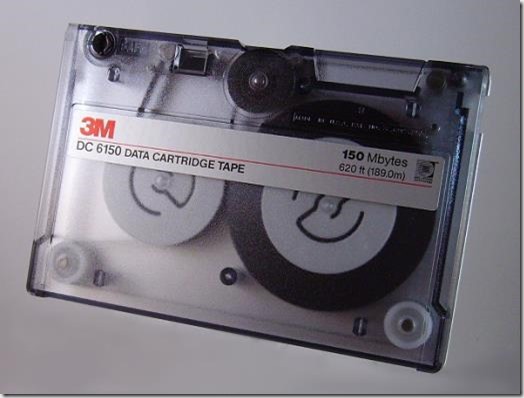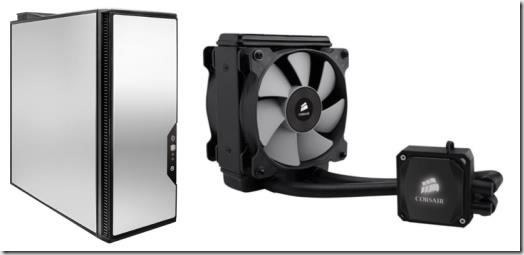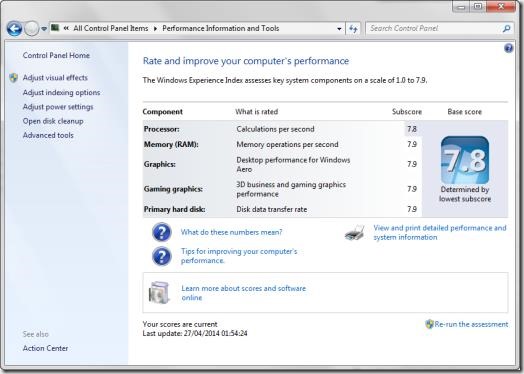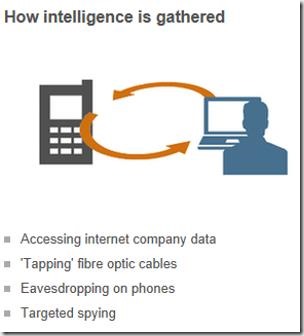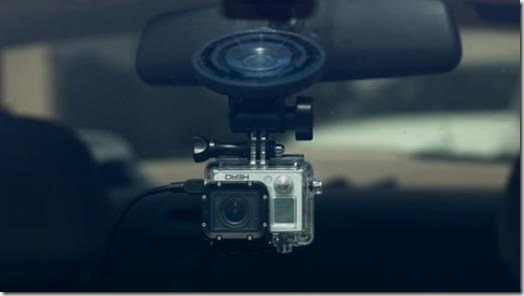I use eBay a lot – mainly to buy, very occasionally to sell. I like it because items listed there are usually cheaper than identical items from normal online retailers. In addition, postage is often free – I’ve lost count of the times I’ve got to the checkout stages with an online retailer who is advertising something at a low price only to discover on the final page that postage costs are close to (and sometimes more than) the advertised price of the thing I’m trying to buy. Amazon is bad for this where third-party vendors are involved.
Of course, this is an underhand way of dragging people in – a bit like driving instructors advertising low prices, then trying to keep hold of people for more lessons to make up some of the shortfall they’ve created for themselves. For example, over on eBay something might be advertised at £15 with free postage, whereas an online store will be blatantly advertising the same product for £10 – but with postage costs (hidden right until the end) set at something like £8.99 (and then it arrives seven days later by first/second class Royal Mail – not Special Delivery – in a Jiffy bag).
Anyway, back to eBay. Some years ago I picked up a newly-published book while I was at Heathrow waiting for a flight to Vienna. It was called The Perfect Store: Inside Ebay, written by Adam Cohen. It’s worth getting hold of a copy if only to marvel at how the dotcom bubble of the 90s so easily made silk purses out of sows’ ears, and then for seeing how writers like Cohen managed to hype it up still further a decade later. In truth, eBay existed for years with a sociopath in charge of the hardware and software on which it depended. Every step forward the company made was opposed by the sandal and poncho-wearing employees who had been there from the start. Flotation on the stock market was seen as a sell-out by these people, and as an insult to what “eBay stood for”. In fact, the main reasons eBay was so successful very early on was because of a) the chat room it operated, and b) those who used it, and who didn’t have lives of their own. Some of the original employees were drawn from this pool of misfits, and they fitted the TV sit-com stereotype of that era like a hand in a glove. Once eBay moved to real offices, staff really did play office ball games at set times every day, and they really did consider desks, suits, and ties as “terminally un-cool” (apparently, no one who turned up to an interview in such attired was ever recruited, and that was on the say-so of the recently promoted chat room people). As an aside, the book is also notable for the number of times Cohen uses the word “iconoclastic” to describe founder, Pierre Omidyar.
The buying and selling part of eBay eventually reached critical mass, and it became successful IN SPITE of the chat room and the weirdoes in it. However, it never got rid of the underlying “hippiness” and radical attitudes – particularly those which dogged its technical division – and those attitudes persist to this day.
If ever you’ve ever had contact eBay you will know that you’re like a drop of water falling on to a bone-dry sponge the size of several football fields. You’ll get saccharin-sweet emails which don’t help one bit or, if you phone (or online chat) them, you’ll be connected with someone with a restricted grasp of English who will try to persuade you that your problem fits into one the the neat pigeon holes he (or she) has on the desk in front of him. When it doesn’t. he will try to persuade you that it does, and before long you’ll be wishing you’d never bothered.
It comes as no surprise, therefore, to discover this same attitude permeating eBay’s responses (or lack thereof) to the recent massive hack, which has seen the personal details of every single eBay user stolen.
To start with, it has taken eBay as much as THREE MONTHS to reveal that the hack took place. That’s THREE MONTHS during which the thieves have had plenty of time to steal identities. Secondly, even two days after the announcement – which broke in the media, not from eBay – eBay has still not implemented any form of communication forcing users to change passwords (I changed mine 10 minutes after I saw the story). Thirdly, it would appear that most of the stolen data were not encrypted in any way – which means that someone out there now knows my name, address, date of birth, phone number, and email address. Passwords appear to have had only minimal encryption, meaning a skilled criminal could probably crack them inside a couple of days.
eBay’s attitude and responses to questions from the outside world (or maybe that should be the REAL world) have been typically “eBaysian” (that’s another word the group-hug brigade in the early eBay coined for itself). There are many searching and very relevant questions that eBay has simply not answered. All eBay cares about is eBay.
If I ever find out my identity has been stolen as a result of this, eBay is going to have a lawsuit on its hands. My personal details have basically be handed out to God knows who by eBay.
Come to think of it, eBay made almost $13 billion last year, and the details of 145 million users have been stolen. It would be a relatively simple gesture to pay each of these users $1 million in compensation. Now there’s a thought… because back in the days covered by Cohen’s book, eBay dished out massive bonuses to the weirdoes it originally employed for much less.





